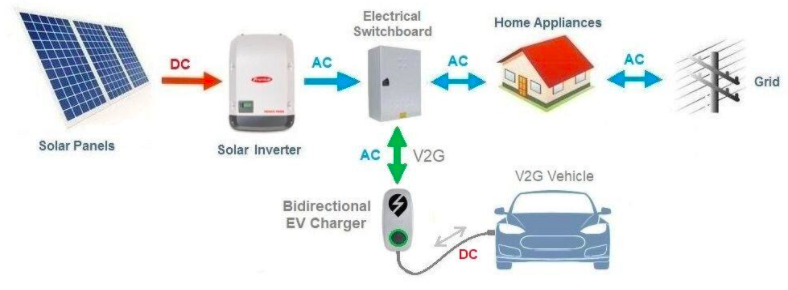Powering the Electric Vehicle Revolution
Electric vehicle sales are growing quickly, yet they still only account for a small fraction of the cars on the road. But that is changing.
Since the 2008 release of the Tesla Roadster — the first mass-produced highway-legal electric vehicle (EV) powered by a lithium-ion battery — car makers have been racing to launch their own electric cars.
Technical limitations, production challenges, and consumer uncertainty have all had a role to play in hampering the industry’s development. But with technical capabilities improving, production costs trending down, new entrants emerging and a society-wide demand for sustainable solutions, there is no doubt this is not a trend, but rather a mega-shift.
Car manufacturers such as Mini, Jaguar, Volvo and even ultra-luxury brand Bentley have all announced plans to abandon petrol and diesel engines in favour of EV’s. To some extent all car manufacturers have signalled their intentions although some have more aggressive timeframes than others.
Will homes replace petrol stations in the next 20 years or sooner? Or will EV battery swapping stations take over? While EV battery swapping has yet to catch on in the West, it is a growing trend in Asia, and especially China. I guess we will have to wait and see.
One thing for sure is that homes that generate clean energy from their roof to power their mode of transport as well as reduce the carbon footprint will be commonplace.
Vehicle to Grid (V2G) or bidirectional charger capabilities will become increasingly popular in the next few years. This emerging technology allows your EV battery to be charged from your solar panels or the grid, and then allow your home to draw on the EV battery in times of high demand.

Bidirectional chargers turn your EV into a backup power supply
Volkswagen, Hyundai and other EV manufacturers have announced bidirectional charging capabilities will be released in their cars in 2022. This exciting technology isn’t far away and can single handedly eliminate your need for a home battery and transport energy costs. This will be a game changer for many households thinking about solar.
Residential solar technology is moving forward quickly and it’s time to get your home ready. Integrated solar gives you great aesthetics, bidirectional charging simplifies storage and virtual power plants will open the market for sharing.
That’s why it makes sense to design homes with solar integrated into the roof rather than it being an afterthought. We live in a beautiful country. Why shouldn’t we have more beautiful solar?